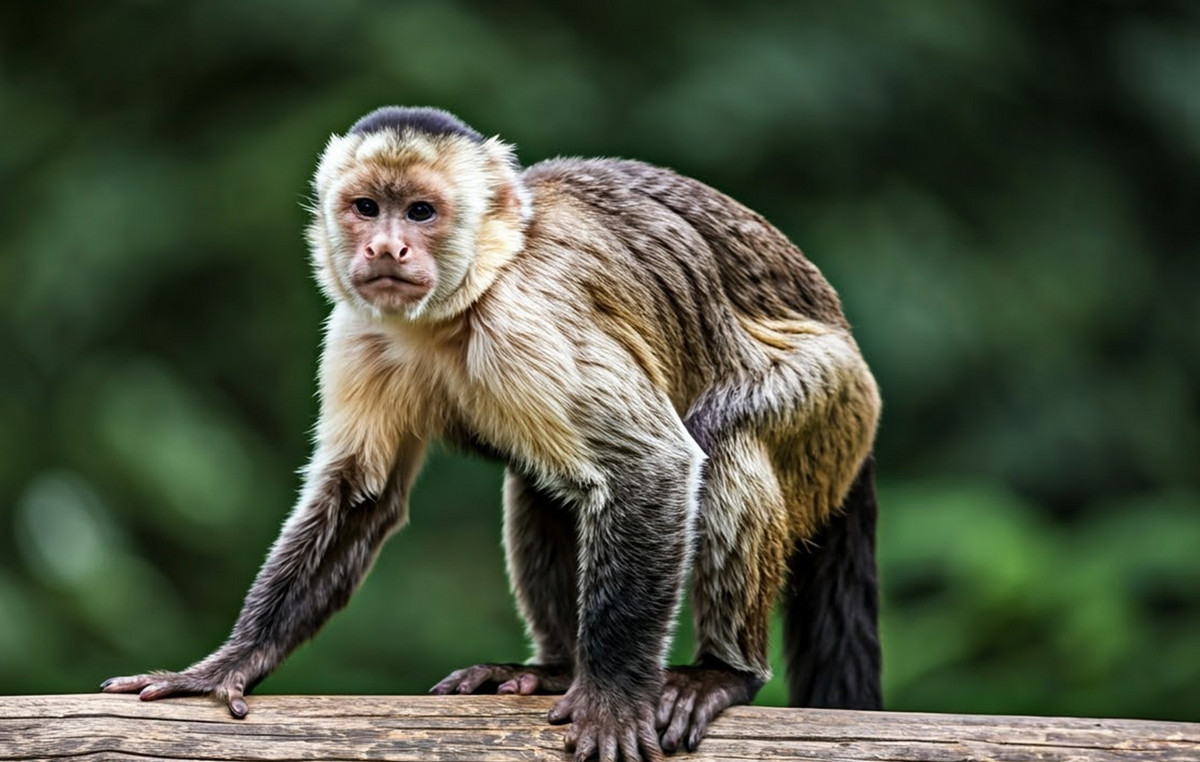The population of monarch butterflies in Mexican forests, where they spend the winter, has fallen this season to the second-lowest on record, offering a glimpse of an ominous scenario for the already endangered orange and black insects.
The presence of the iconic butterflies has only been documented in 2.2 acres of forest in two Mexican states where they traditionally stay during the winter, according to the latest annual study conducted by the country's natural areas protection commission and the environmental group World Wildlife Fund (WWF) published on Wednesday.
In the mid-1990s, monarch butterflies could be found in about 45 acres of the same forests, covered mainly by pine and spruce trees on the border between the states of Michoacán and Mexico.
Thus, winter 2023-2024 marks the second with the lowest population since the survey began, three decades ago, and showed a drop of around 60% since the previous year.
Biologists blame higher than normal temperatures for the drop, as well as drought in places where the butterfly breeds, mainly in states in the northwest of the United States such as Washington, Oregon and California.
Adverse weather, intensified by climate change, reduces the number of milkweeds, the plant where the insect lays its eggs and its young (caterpillars) feed.
In one of the most memorable wildlife migrations on the planet, the butterflies fly some 4,500 kilometers from places like northern Canada, and spend the winter in Mexico, a warmer place sought out by millions of species in search of the trees they protect from rain and cold.
“We cannot let our guard down,” the head of WWF's Mexican office, Jorge Rickards, told reporters, commenting on the data.
Source: CNN Brasil
Bruce Belcher is a seasoned author with over 5 years of experience in world news. He writes for online news websites and provides in-depth analysis on the world stock market. Bruce is known for his insightful perspectives and commitment to keeping the public informed.







